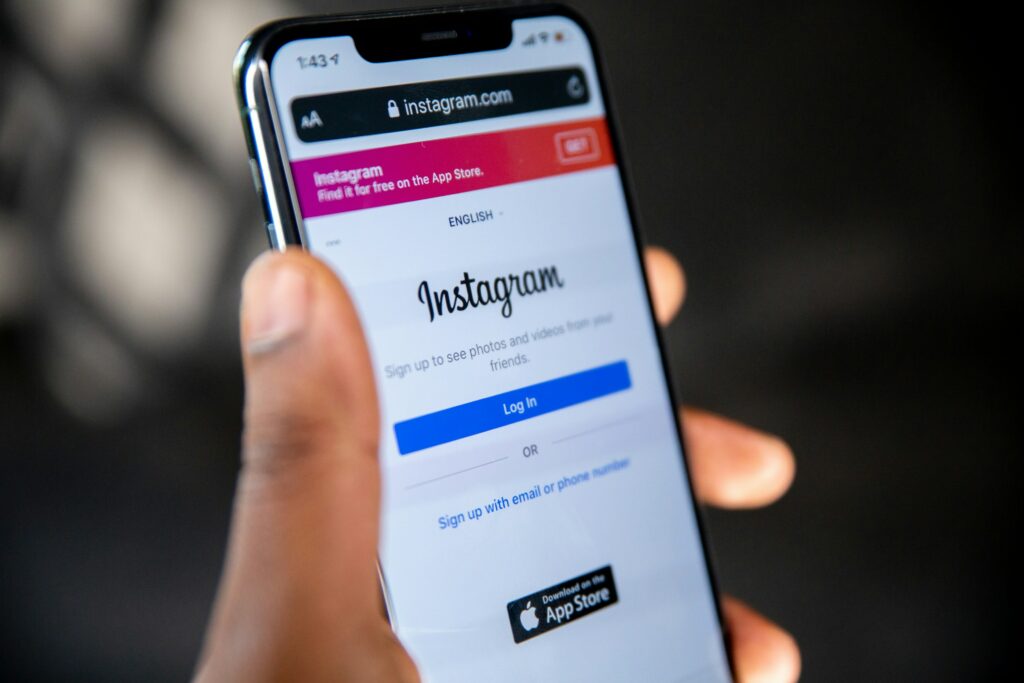How will your interactive learning resource specifically ensure that the needs of all learners can be met?

Our interactive learning resource is based around a step-by-step guide to using Instagram. It’s designed to meet the needs of diverse learners by incorporating Universal Design for Learning (UDL) principles. These principles ensure that educational learning resources are accessible and effective for students regardless of their specific learning styles (CAST, 2024). To address UDL principles and needs, we will be including multiple means of representation. On WordPress’ user-friendly interface, we will provide learners with a simple step-by-step guide to using Instagram that is accessible to users of all ages. It will include inclusive language, visuals, and audio tutorials to cater to different learning preferences. Learners will also be able to demonstrate their understanding of Instagram through various methods, such as quizzes, reports, and reflective journals. Our resource will also include multiple means of engagement, we will incorporate activities that are relevant and engaging for learners. Such as creating an Instagram account and adjusting privacy settings. The multiple forms of assessment, instructions, and demonstrations allows diverse learners to participate in the step-by-step guide.
How can you adjust your planned learning activities to meet the needs of your learners if an unexpected event occurs? For example, if a pandemic arises, and many students must now work from home – how will you ensure that they can still learn successfully? What training will they need, and how will you deliver it, knowing they must remain at home?) This is a common discussion thread right now, as many schools and universities have made the switch to teaching online.
In the case of unexpected events, such as another pandemic that forces learners and teachers to work from home, our resources are flexible enough to adapt to changing learning situations. Our interactive learning design already takes place online through platforms such as Moodle and WordPress, allowing learners to access information from any online device at any time. To ensure learners can learn successfully, we would provide more online support within our interactive learning design. This would include an option for virtual office hours, discussion forums for learners to ask questions, and receiving advice and support from teachers and other learners.

Choose one (or more) of your planned learning activities from your Blueprint and identify any barriers to student success. How can you alter or adjust your current plan to reduce those barriers?
A barrier to our learning activity: exploring privacy settings, is a lack of understanding around digital literacy and technological skills. Since all learners do not have the same digital literacy understanding, it’s important for them to be able to ask questions to instructors face-to-face on platforms like Zoom. To adjust our current plan, I would include office hours where learners can ask instructors questions on how to explore privacy settings in real time. Instructors would be able to guide learners through the process of exploring privacy settings and help them with any bumps in the road they are facing. I would also include a discussion forum where learners can ask other learners and instructors advice and questions about how to complete the step-by-step guide.
Consider the learning environment for your current design. What potential barriers can be reduced or eliminated to provide more pathways for learner success?
To ensure digital content is available to users with disabilities, using alt text for images and providing transcripts for videos will ensure learners are more compatible with the learning environment. Additionally, offering instructions in multiple languages will allow non-English speakers to engage with the interactive learning resource and understand how to use and interact with Instagram.
References:
CAST (2024). Universal Design for Learning Guidelines version 3.0. Retrieved from https://udlguidelines.cast.org

Leave a Reply